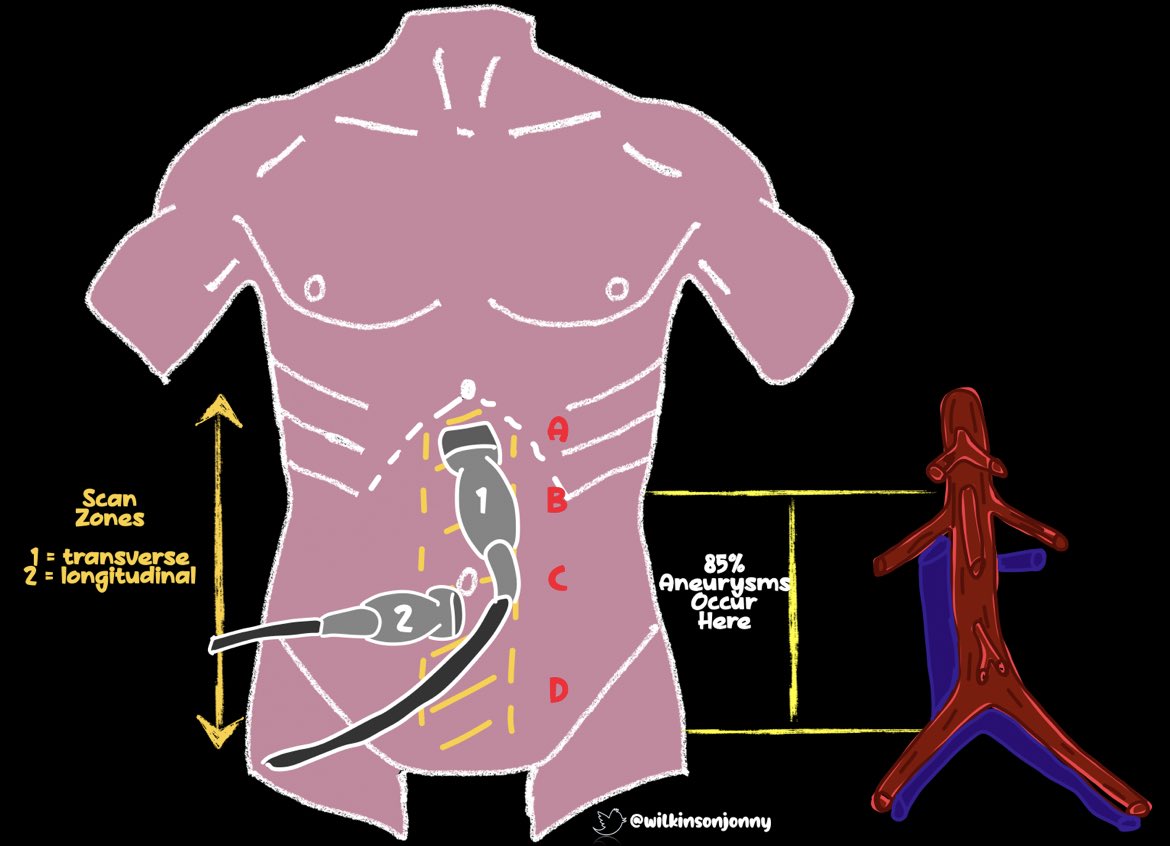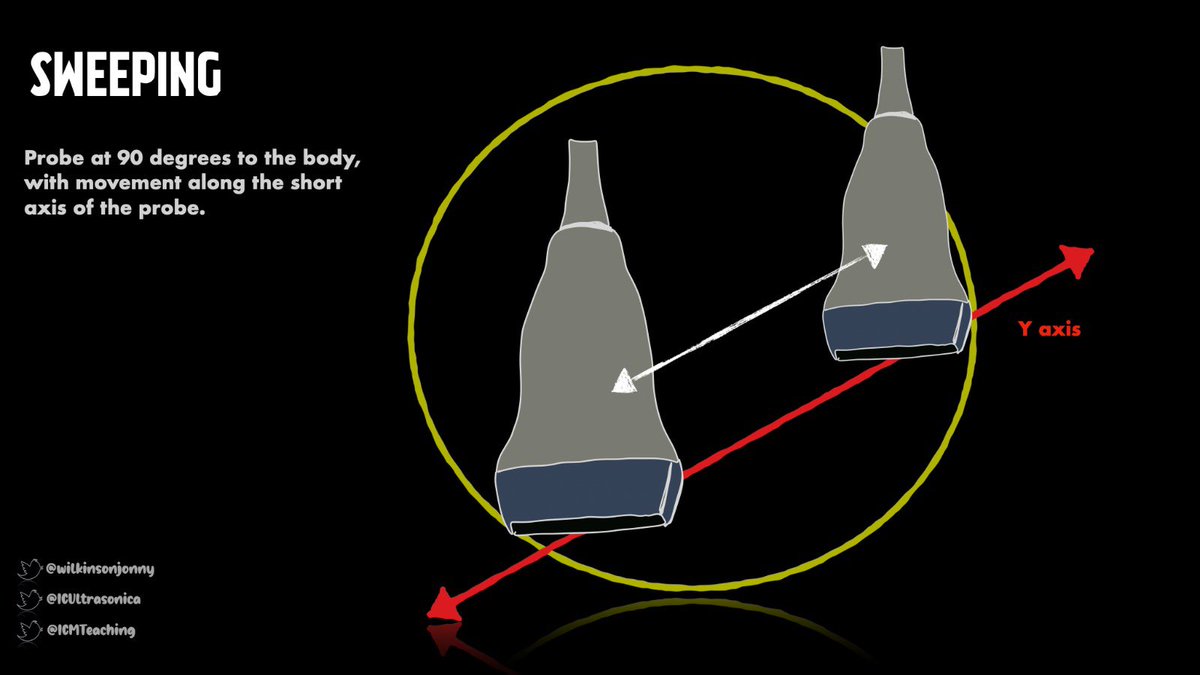Deresuscitation has become more and more ubiquitous within ICU practice. But what tools can we use to do it? Over the next 2 Tweetorials, i’ll explain some pharmacological methods. Focussing on the JICS mix!
My talk from #ACCS2023
#FOAMed #POCUS #FOAMcc #medtwitter
My talk from #ACCS2023
#FOAMed #POCUS #FOAMcc #medtwitter
The brilliant paper in question is well worth a good read through. For both its novel description of combination diuretic therapy, and its golden descriptions of simple and complex fluid/renal physiology.
Here’s the infamous JICS mix:
journals.sagepub.com/doi/epdf/10.11…
Here’s the infamous JICS mix:
journals.sagepub.com/doi/epdf/10.11…

We know, universally, oedema on the ICU is contentious. Early goal directed therapy trials after Shoemaker, all demonstrated worse outcomes. Why?🤔
There were signals towards positive fluid balance and probably states of venous congestion in the treatment arms.
There were signals towards positive fluid balance and probably states of venous congestion in the treatment arms.
The FACCT trial signalled better outcomes amongst ALI/ARDS patients kept on the ‘dry side’. Fewer ventilator days, better lung function and reduced ITU stay.
Note - there was a 12h delay until after shock resolution, before diuresis took place🤷♂️🤔
nejm.org/doi/full/10.10…
Note - there was a 12h delay until after shock resolution, before diuresis took place🤷♂️🤔
nejm.org/doi/full/10.10…
IV fluids are sadly an obsession and have become a reflexive prescription. Although almost any crystalloid is safe early in resuscitation, the amplification effect of over-prescription can be very harmful to patients.
Moreover - many contain supra-physiological amounts of Na+!
Moreover - many contain supra-physiological amounts of Na+!
We’ve evolved to hold onto sodium. Probably to help maintain intravascular volume and body electrolyte composition during times of extreme stress.
This doesn’t help when critically Ill / stressed or worse, when we’ve been overloaded with too much sodium containing fluid!🙈
This doesn’t help when critically Ill / stressed or worse, when we’ve been overloaded with too much sodium containing fluid!🙈
It gets even worse in hospital, when we have surgery or are critically Ill!
We release too much ADH (that Neanderthal protective mechanism), and hold onto water = oedema ultimately!
We release too much ADH (that Neanderthal protective mechanism), and hold onto water = oedema ultimately!
Even worse I’m afraid🙈
The kidneys also hold onto more sodium - and we pee out potassium. We are now ill, boggy, hypernatraemic and hypokalaemic🤯🙄
The kidneys also hold onto more sodium - and we pee out potassium. We are now ill, boggy, hypernatraemic and hypokalaemic🤯🙄
What we often end up doing, is becoming a little too obsessed with diuresis. We overdo it, creating problems we then end up chasing with more fluid …and it’s Groundhog Day!
What we should perhaps be considering is NATRIURESIS😉🤷♂️ Get rid of that cation that’s glued in!
What we should perhaps be considering is NATRIURESIS😉🤷♂️ Get rid of that cation that’s glued in!
It’s a very fine balance though. We don’t want electrolyte issues, nor do we want to cripple the vital intravascular volume supplying suffering vital organs during panendothelial dysfunction states, by dehydrating patients!
We discuss R.O.S.E and the 4 phases of fluid therapy.
Resus
Organ support
Stabilisation
Evacuation
We should really only have one phase - resuscitation and then standard maintenance. Period🤷♂️ why go too far and have to remove it..ideal world, I know!
Resus
Organ support
Stabilisation
Evacuation
We should really only have one phase - resuscitation and then standard maintenance. Period🤷♂️ why go too far and have to remove it..ideal world, I know!
Now:
Let’s talk renal Physiology! Everyone’s favourite.
Take a look at this aide-mémoire graphic of the important parts of the nephron….
Remind yourselves of the different sections, as it’s all going to be very relevant to helping the patient later on.
Let’s talk renal Physiology! Everyone’s favourite.
Take a look at this aide-mémoire graphic of the important parts of the nephron….
Remind yourselves of the different sections, as it’s all going to be very relevant to helping the patient later on.
Solute passes through the nephron, first into the Proximal Convoluted Tubule.
Lots is reabsorbed here. Glucose, amino acids, bicarb and importantly, 65% of passing sodium! It’s already starting early on!
Lots is reabsorbed here. Glucose, amino acids, bicarb and importantly, 65% of passing sodium! It’s already starting early on!
Then we have the loop of Henle! Don’t worry, I won’t go on about the CC multiplier! The descending limb let’s water out but not Na+. Na+ concentration rises.
Then, the opposite occurs in the ascending limb, sodium gets out and water can’t, creating a more dilute urine.
Then, the opposite occurs in the ascending limb, sodium gets out and water can’t, creating a more dilute urine.
The Distal convoluted tubule continues the trend of the ascending limb, where it’s permeable to sodium but NOT water, so dilution continues and 25% more sodium is reabsorbed.
You get the trend! We hate giving up sodium!
You get the trend! We hate giving up sodium!
Finally, the collecting duct! There are 2 cell types here. The principal cell reacts to aldosterone, allowing sodium re absorption, in exchange for potassium. The influence of ADH then causes insertion of aquaporin channels, allowing water reabsorption.
Finally, the intercalated cell.
This is influenced by aldosterone, causing reabsorption of potassium, in exchange for hydrogen ions. Acidifying the urine if you like👍
This is influenced by aldosterone, causing reabsorption of potassium, in exchange for hydrogen ions. Acidifying the urine if you like👍
In the next instalment, I will talk about the diuretic drugs and how they work to promote diuresis AND **Natriuresis**
But what’s the combination??
Watch this space…..
I hope this was helpful🤷♂️👍🍺
But what’s the combination??
Watch this space…..
I hope this was helpful🤷♂️👍🍺
Tagging friends @sonophysio @SimonOrlob @iceman_ex @Manoj_Wickram @dr_rajgupta @load_dependent @khaycock2 @POCUSAcademy @IMPOCUSFocus @POCUSClub @kyliebaker888
@PracticalPOCUS @POCUSEcho @pocuseducation @POCUS_Society @TaotePOCUS @Pocus101 @hepocus @POCUSJournal @NephroP
@PracticalPOCUS @POCUSEcho @pocuseducation @POCUS_Society @TaotePOCUS @Pocus101 @hepocus @POCUSJournal @NephroP
Tagging @pocusfoamed @POCUSbot @drzaf_pic @Nadia_Hdz_MD @shaskinsMD @elboghdadly @UltrasoundMD @NixLimerick @cianmcdermott @bhca @MJGriksaitis @rosie_hogg
@RubbleEM @avkwong @amit_pawa @bhca @POCUSClub @NixLimerick @FTeranMD @ThinkingCC @zedunow @UltrasoundMD @cardiacACCP
@RubbleEM @avkwong @amit_pawa @bhca @POCUSClub @NixLimerick @FTeranMD @ThinkingCC @zedunow @UltrasoundMD @cardiacACCP
• • •
Missing some Tweet in this thread? You can try to
force a refresh

 Read on Twitter
Read on Twitter









